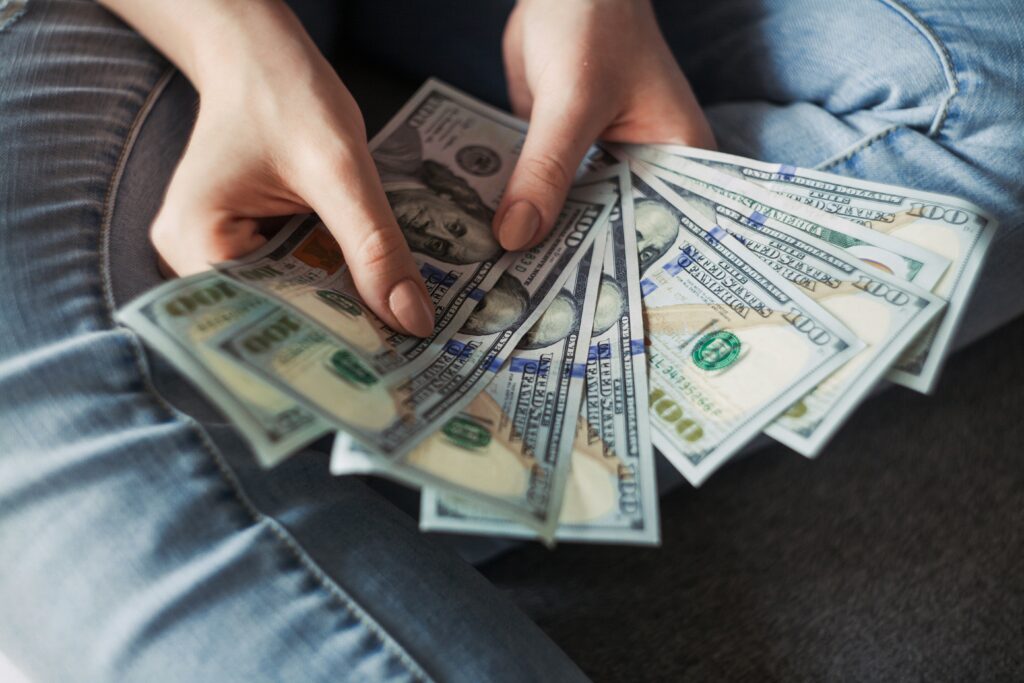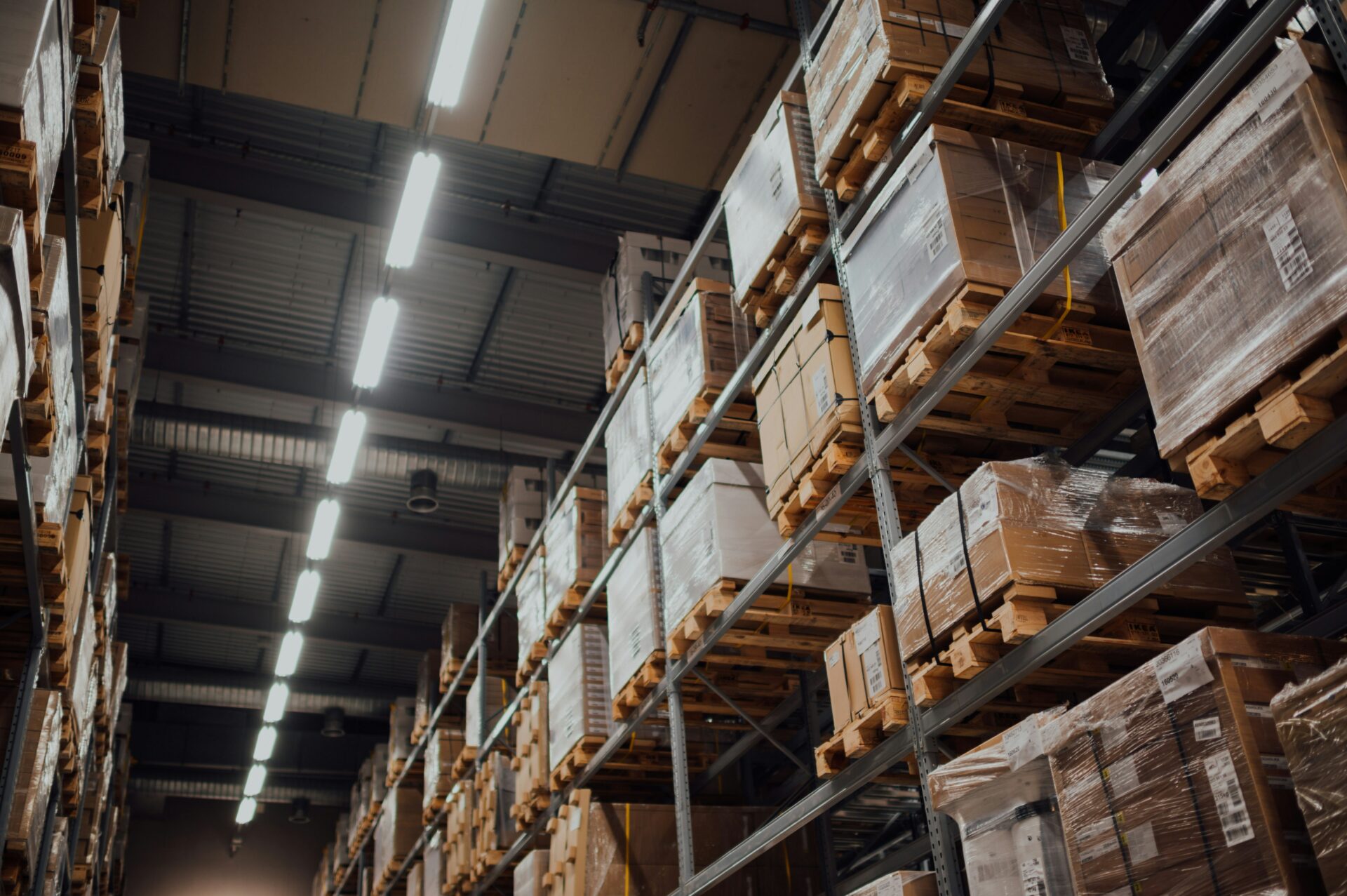Logistics Automation: The Comprehensive Guide
Table of Content
The primary objective of logistics management is to ensure the efficient transportation of products to their designated destinations. Logistics management is crucial for businesses as it involves planning, executing, and overseeing how goods move from where they start to where they end up. As logistics firms strive to meet heightened demands for efficiency and speed, advanced automation technologies have become indispensable.
The benefits of logistics automation go beyond cost savings. Businesses can enhance customer satisfaction and delivery times by enhancing accuracy, reducing human error, and providing real-time tracking. Effective supply chain automation builds deeper client relationships by meeting and exceeding their expectations.
In this blog, we will go over what logistics automation comprises and its substantial benefits.
What is Logistics Automation?
Logistics automation uses modern technology, like artificial intelligence, robotics, and the Internet of Things, to improve logistics and supply chain processes. It automates functions like inventory management and transportation to optimize procedures, increase productivity, and eliminate errors.
Warehouse automation, a critical component, employs robotics and automated technologies to ensure effective cargo handling. Supply chain automation extends these benefits throughout the supply chain, optimizing routes and timetables to ensure timely deliveries and cost savings.
Benefits
1. Increased Efficiency
Logistics automation streamlines processes within the supply chain, reducing the time and effort required for logistics operations. This leads to faster processing and higher productivity. This efficiency not only enables faster handling of goods but also allows logistics companies to allocate resources more effectively, ultimately improving service delivery and customer satisfaction.

2. Cost Savings
By integrating supply chain automation and warehouse automation, companies can reduce labor costs and minimize errors. This leads to significant cost reductions and better allocation of financial resources. Furthermore, by optimizing warehouse space utilization and inventory levels through automation, companies can lower storage costs and minimize inventory holding expenses.
3. Enhanced Accuracy
Logistics automation ensures precise inventory management and order fulfillment, leveraging technologies like AI and IoT. This results in fewer mistakes and more reliable operations. These technologies enable real-time monitoring and data analytics, ensuring that inventory levels are accurately tracked and managed at all times.

4. Real-Time Tracking
Supply chain automation provides real-time visibility into inventory levels and shipment statuses. This transparency improves overall supply chain management and allows for a quicker response to any issues. Real-time tracking also facilitates proactive decision-making, allowing for swift adjustments in inventory replenishment and distribution strategies based on actual demand and supply dynamics.
5. Improved Customer Satisfaction
With warehouse automation and efficient supply chain processes, companies can ensure timely deliveries and accurate order processing. This enhances the customer experience and builds stronger client relationships.
Top 6 Logistics Automation System
1. Automated Guided Vehicles (AGVs)
AGVs are essential for warehouse automation, and transporting materials around warehouses or distribution centers. They follow predefined paths and perform specific tasks, reducing manual labor and enhancing efficiency through logistics automation.

2. Warehouse Management Systems (WMS)
A WMS is a key component of warehouse automation, managing and optimizing warehouse operations. It tracks inventory levels, and product locations, and coordinates order fulfillment processes, significantly improving supply chain automation.
3. Robotic Process Automation (RPA)
RPA utilizes software robots to automate repetitive tasks within the supply chain, such as data entry, order processing, and inventory updates. This type of logistics automation minimizes errors and allows human workers to focus on more strategic activities.

4. Automated Storage and Retrieval Systems (AS/RS)
AS/RS are advanced systems used in warehouse automation for automatically storing and retrieving goods. They maximize storage space utilization and improve picking accuracy and speed, making warehouse operations more efficient through logistics automation.
5. Transportation Management Systems (TMS)
A TMS is a vital tool in supply chain automation that helps plan, execute, and optimize the physical movement of goods. It offers real-time visibility into transportation activities, optimizes routes, schedules deliveries, and monitors vehicle performance, enhancing overall logistics automation.
6. Internet of Things (IoT)
IoT devices play a crucial role in logistics automation by collecting and transmitting real-time data. They are used for tracking shipments, monitoring equipment, and managing inventory. IoT enables better decision-making and predictive maintenance, ensuring smooth and efficient supply chain operations.

Limitations of Logistics Automation
1. Complex Implementation
The integration of logistics automation into existing supply chain operations can be complex and time-consuming. Specialized expertise is often needed to ensure seamless integration with current processes and infrastructure. This complexity can lead to extended implementation timelines and potential disruptions.
2. Maintenance and Upgrades
Automated systems require regular maintenance to function optimally, including routine checks, repairs, and updates to both hardware and software components. Over time, these maintenance activities can become costly and may require dedicated personnel or external service providers. Additionally, as technology evolves, systems may need upgrades to remain effective, leading to further costs and potential operational disruptions in warehouse automation.
3. High Initial Investment
Implementing logistics automation systems requires a substantial upfront financial commitment. This includes purchasing advanced technologies like robotics, Automated Guided Vehicles (AGVs), Internet of Things (IoT) devices, and software systems such as Warehouse Management Systems (WMS) and Transportation Management Systems (TMS). These costs can be a major barrier, particularly for small and medium-sized enterprises (SMEs), making it challenging to adopt logistics automation solutions.
4. Dependence on Technology
Increased reliance on automated systems introduces risks if these systems fail or experience downtime. Technical glitches, software bugs, or hardware malfunctions can disrupt operations, causing delays and financial losses. Additionally, the heavy dependence on technology means that any cyberattacks or security breaches can have significant consequences, highlighting the need for strong cybersecurity measures and constant vigilance to protect automated logistics operations.
Conclusion
Effective logistics management is pivotal for businesses to optimize operations, minimize costs, and enhance customer satisfaction through streamlined supply chain processes.
Considering the current state of affairs, it’s highly probable that your company won’t be able to find software that perfectly solves all automation needs. If your objective is to establish and implement tailor-made workflows that encompass multiple applications, you should leverage automation platforms like Robylon AI.
Robylon AI enables users to create personalized workflows across multiple software platforms, allowing them to streamline processes, enhance productivity, and ensure seamless integration between different tools and applications.
Want to know more? Schedule a demo with us.
FAQs
1. How does AI help in supply chain management?
AI in supply chain automation uses advanced algorithms to optimize demand forecasting, inventory management, logistics routing, and warehouse operations. It enhances real-time visibility, improves decision-making, reduces costs through efficiency gains, and enables proactive risk management, ultimately enhancing overall supply chain performance and responsiveness.
2. What is the impact of cybersecurity on logistics automation?
Cybersecurity is critical in logistics automation to protect against cyber threats, data breaches, and operational disruptions. Implementing robust security measures is essential for safeguarding automated systems.
3. What are the potential risks associated with logistics automation?
Potential risks include system failures or downtime, cybersecurity threats, high maintenance costs, and the need for continuous updates and upgrades to keep up with technological advancements in supply chain automation and warehouse automation.







